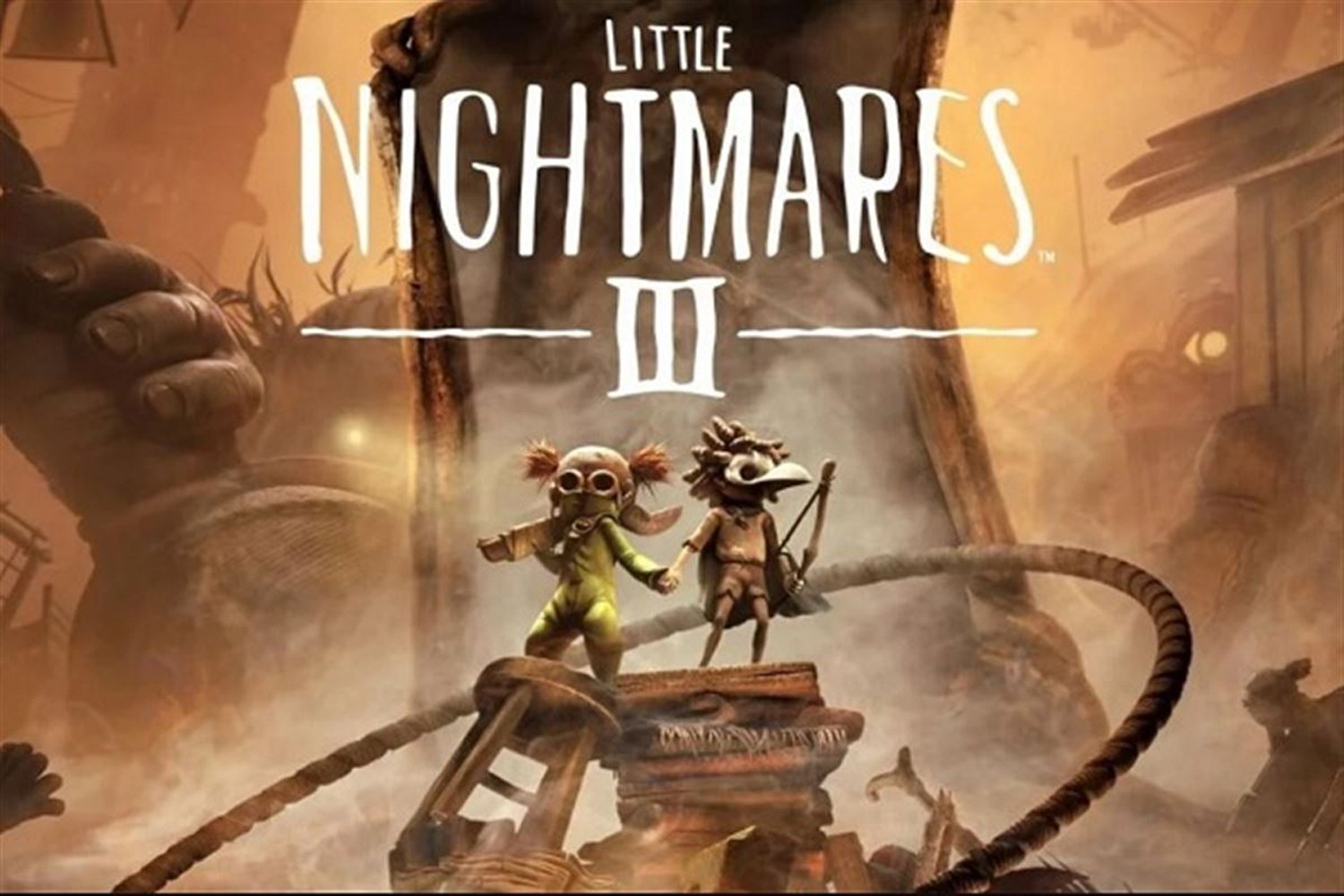PCMag editors independently select and review products. If you buy through affiliate links, we may earn commissions, which help support our testing.


Core is an app that blurs the line between modding and full-blown consumer-level video game development software. The Unreal Engine-powered titles you create are locked into Core’s PC ecosystem, but the software lets you create and share 3D games, and make money while people play them. Core’s excellent community support and content libraries make it easy for amateurs to tackle complex genres. Still, GameMaker, with its simple yet powerful tools that teach practical skills, remains our Editors’ Choice winner if you want to start a career as a game developer.
What is core?
Based on the powerful and ubiquitous Unreal Engine, Core lets you create full 3D games. GameMaker and other competing search engines may offer limited 3D support (if they offer it at all!), but Core is designed to push polygons. Core particularly excels in multiplayer shooters. From first-person, team-based deathmatches to third-person battle royales, Core’s tools and templates lean heavily toward weapons and expansive maps. You’ll play shockingly faithful recreations of popular titles like Counter-Strike and Halo.
In many ways, Core games feel like modern successors to the hobbyist mod scene from the early days of PC gaming; think Doom WADs for a new generation. However, this also gives many games an unpolished, almost bootleg quality. There can be a dissonance between the graphical fidelity of the engine and the amateurish feel of the titles. Some maps are poorly thought out, some art styles are disjointed, and some mechanics aren’t that balanced or fun. This is more of a problem with the makers, not the tools. But while there are plenty of great Core experiences, sometimes Core feels more like a souped-up level editor. 2D games made with Construct or Stencyl may be more limited and modest, but they feel like complete, standalone games.
Core’s moderation policy explicitly prohibits violent or sexual games and encourages you to report objectionable content and users. I didn’t come across anything inappropriate while browsing the game catalog.


But even if the results are crude, it’s really impressive to see people expanding the tool, especially in other genres. Besides shooters I played mini golf games, a My Hero Academia RPG and even a recreation of Ghost ‘n Goblins. Forgiving the unrefined experiences is easy because they do not exist independently. Each Core game resides in one interconnected social hub, a colorful and cartoony Fortnite-style sci-fi virtual space. Core itself is a professional product and is no longer in early access.
Price and platforms
Core is free. Just download it from the Epic Games Store. Like Godot or Twine, games cost nothing to make, and you don’t have to pay for assets or resources. It’s all open to the community.
Instead, the store sells cosmetics for your customizable avatar. Spend a few dollars to buy a new outfit, hoverboard or mount. Other people can see your avatar not only in the social hub, but also in some games. This self-expression is not meaningless. As you play more games, your character will complete missions and level up. That will give you even more cosmetic rewards.


Core is only available on Windows PCs. The software is a locked platform, so you can’t publish games as standalone products anywhere else. That is a major limitation that you also encounter in Fuze4. GameMaker charges hundreds of dollars for console publishing licenses, but does offer that option. AppGameKit lets you write code for mobile games using a free mobile app. Core may not support consoles, but it is compatible with controllers, keyboards, and mice
However, core can still be a potentially lucrative venture. If you create enough popular games, you can monetize them with gameplay benefits or in-game upgrades. You spend real money on Core Credits to purchase these benefits, and developers split the revenue 50/50 with Core’s parent company, Manticore Games. It’s like being a Twitch streamer, but for game development. Core has removed its cryptocurrency integration.
In addition to the social hub, Core also highlights games in a handy Steam-like storefront with screenshots, user comments, patch notes, and a tagging system. The most popular titles have almost half a million plays, but I don’t know what that means in terms of payouts. Please note that you cannot create slot games loaded with in-app purchases.


Develop games with Core
Core positions itself as the next step towards child-friendly development games, such as Game Builder Garage or Super Mario Maker. It even offers advice for aspiring developers graduating from Minecraft, Roblox, or Fortnite’s creative mode. Make no mistake: like any true 3D game development tool, Core is inherently complex. It also sells itself to Unity users, and that is a very professional tool. Yet Core tries to make that complexity accessible without sacrificing depth.
A key way Core achieves this is by offering to do much of the work for you. You don’t have to start from scratch when you create a project. You can choose a genre template (think Battle Royale or Deathmatch) and customize from there. Conversely, you can download a completed game and start tweaking it. You can still access pre-made objects and rulesets even if you want to create a completely original game. You can even import community content into your projects. It wasn’t long before I started shooting a shotgun in a testing room full of basketballs or jumping up endless flights of stairs to nowhere.


In the visual editor, you spend a lot of time manipulating objects in 3D space, editing their properties (such as collisions) in the side windows. Create complex, custom objects by resizing and combining simple objects before wrapping them in a new material texture. Organize objects in the hierarchy to ensure that the correct rules apply to the correct objects. Test your game thoroughly before publishing it. Multiplayer preview mode lets you see how your game is performing while people play.
Core uses the Lua programming language. You can use the optional text coding tools and the visual editor for more advanced editing (or open another text editor instead of the integrated one). Thanks to Core’s pre-written scripts, you don’t have to write one from scratch. Knowing how to code is an important aspect of game development, but by not making it mandatory you prevent Core from becoming too overwhelming.
Core offers a lot of great documentation, tutorials and videos to help you during development. Since it’s a social space, you can make friends with other Core creators. You can also visit the community’s Discord and Twitch channels for advice, examples and support.
Can your PC run Core?
Core is both a PC game and a game development tool, so make sure your PC can run the software before installing it. I had to lower a few graphics settings to get Core to run smoothly on my aging laptop, which suggests the game should at least be playable on, say, laptops at schools interested in the tool’s educational value.
Manticore Games recommends that your Windows PC has at least an Intel Core i5-7400 or AMD equivalent CPU, Nvidia GeForce GTX 1050 Ti or AMD equivalent GPU, and 8 GB of RAM. As you test your game and add more objects, Core will tell you if you’ve reached the limit of what your PC can handle.
Verdict: An impressive 3D shooter tool
Despite some rough edges, Core allows you to create impressive video games. As a free tool, it’s a wonderful place to start creating 3D video games before moving on to something as powerful as the Unreal Engine. That said, GameMaker remains our Editors’ Choice winner for consumer video game development software. It offers a better balance between ease of use and real utility for independent creators looking to launch their careers.








